Indigenous Groups in US Experience Major Win After Largest Dam Removal Project Is Completed
Native American tribal nations living in California and Oregon have experienced a major win after the largest dam removal project in history was recently completed.
The tribal nations have spent decades protesting against several dams constructed along the Klamath River. Their aim was to remove them, allowing the extensive body of water to return to its natural state.
The Klamath River
For thousands of years, Native Americans have lived along the banks of the Klamath River and its tributaries. The river provides the tribes with a clean source of water and sustenance in the form of salmon fish.
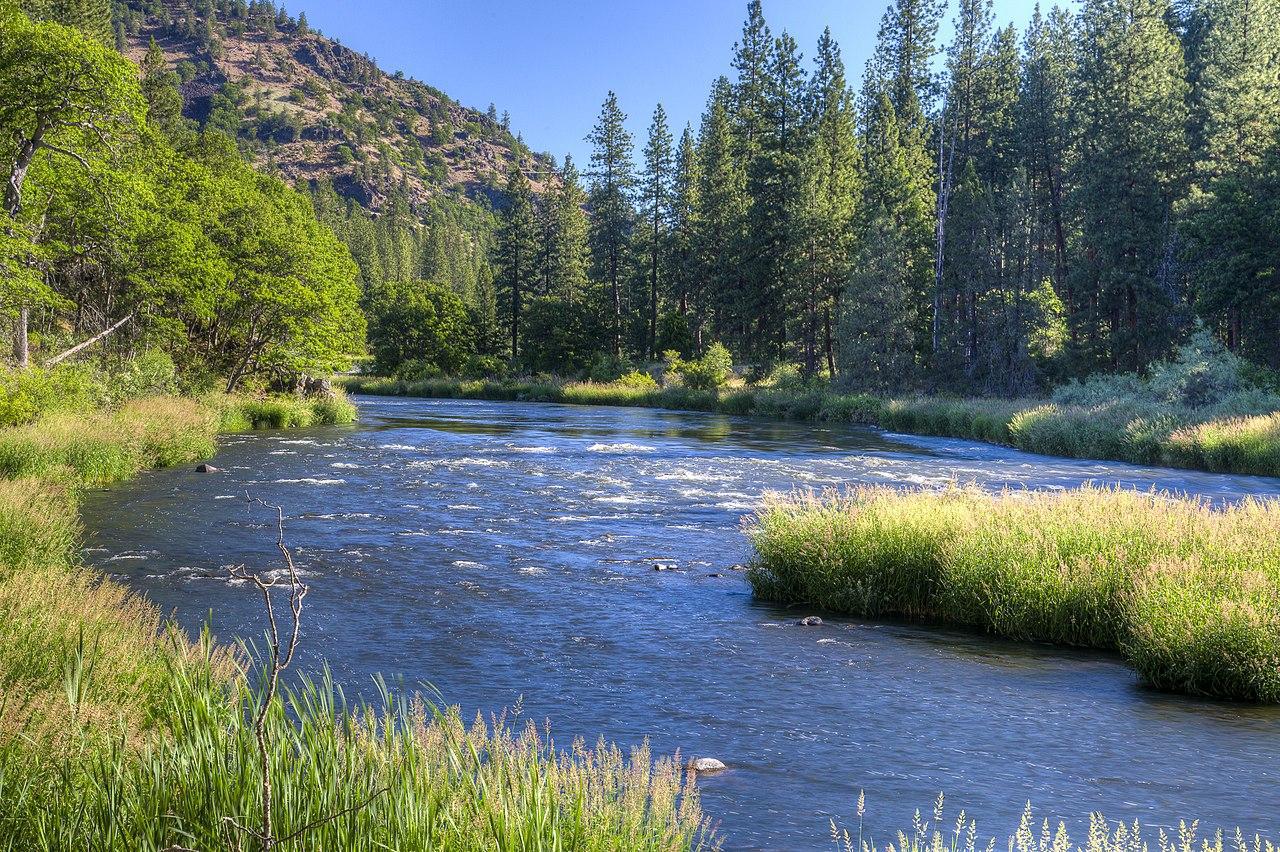
Source: Wikimedia
The enormous river stretches for over 286 miles from the southern part of Oregon through to northern California.
The Klamath Hydroelectric Project
In the early part of the 20th century, the tribal groups of the region, including the Yurok, Karuk, Hoopa, Shasta, and Klamath, were dealt a devastating blow when PacifiCorp announced its plans to dam various parts of the river as part of its Klamath Hydroelectric Project.

Source: Wikimedia
This resulted in the construction of four major dams along the river: Copco 1, Copco 2, Fall Creek, and Iron Gate dams.
The Migration of Fish Was Affected by the Dams
Since construction began along the Klamath River over the past century, the Hydroelectric project and its dams have greatly affected the salmon population’s ability to swim freely along the river.

Source: Wikimedia
Many Native American groups depended on this vital source of sustenance and have done so for centuries, if not thousands of years. However, the dams drastically reduced the number of fish in the river.
Native American Tribes Suffer Due to the Dams
Brook Thompson, whose family comes from the Karuk and Yurok tribes in California, explained how the dams have affected their lives.

Source: Wikimedia
“It changed everything,” Thompson said. “We’d always had plenty of food up until then. As a seven-year-old, the salmon were almost as big as me, and I saw thousands of their bodies piled up on the shoreline; I smelled their rotting flesh. It was apocalyptic.”
Federal Regulators Approve Plans to Destroy the Dams
PacifiCorp’s license expired in 2006. However, many of the tribes have been protesting since the 1990s for the removal of the dams to allow the river to return to its natural state.

Source: Wikimedia
In 2022, the tribal nations’ hard work finally paid off, and Federal regulators approved the destruction of the four dams along the Klamath River. The following year, the smallest of the dams, Copco No. 2, was destroyed.
The Removal of the Remaining Dams
Over the past two years, workers have begun draining the various reservoirs along the river, a process that needed to be completed before the three large dams could be dismantled and removed.
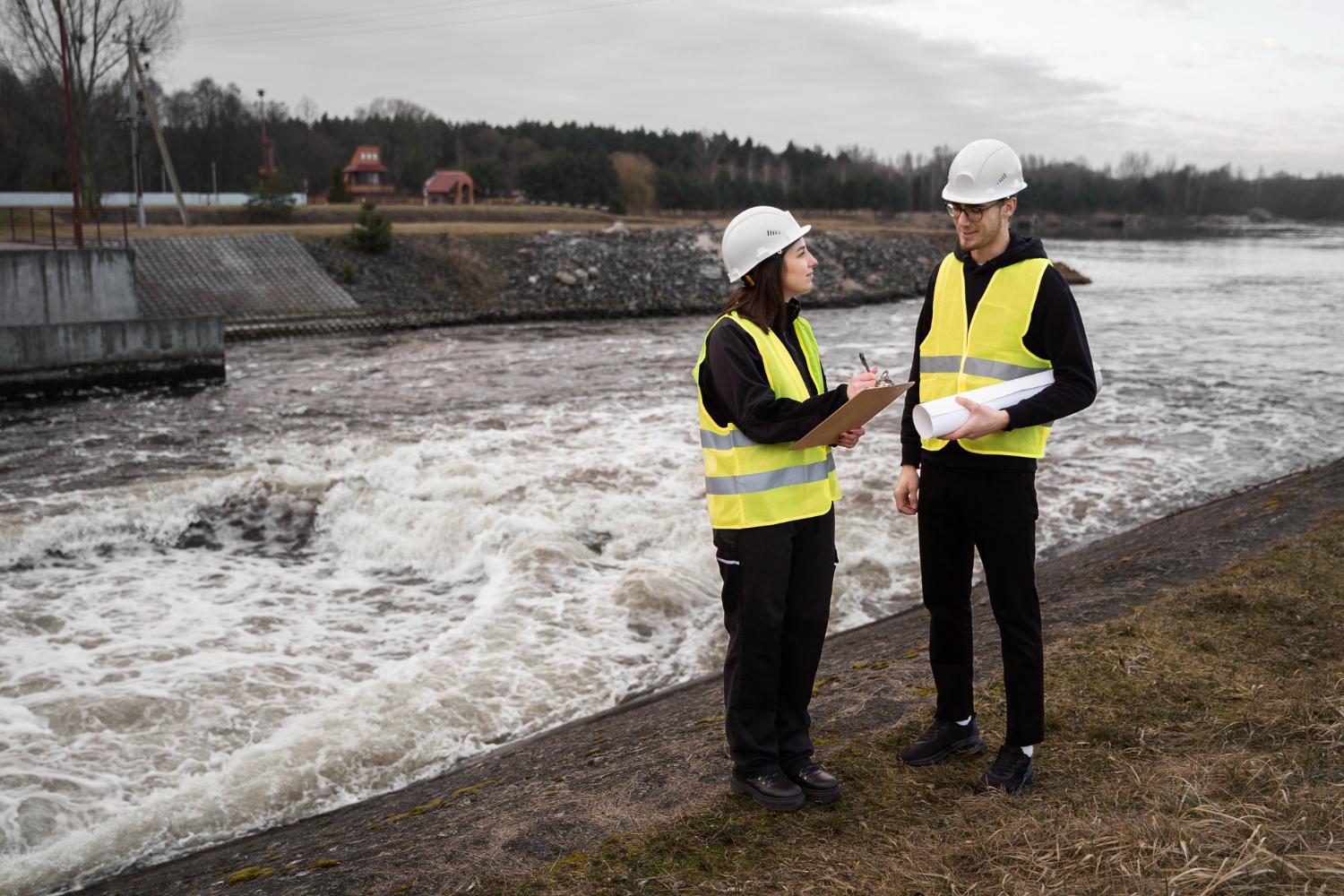
Source: Freepik
Finally, in August 2024, the last dam was destroyed, resulting in the largest dam removal project in United States history.
A Celebratory Moment
Speaking on the historic win, Mark Bransom, who serves as the chief executive officer of the Klamath River Renewal Corporation, a nonprofit group created to oversee the project, said it was a “celebratory moment.”
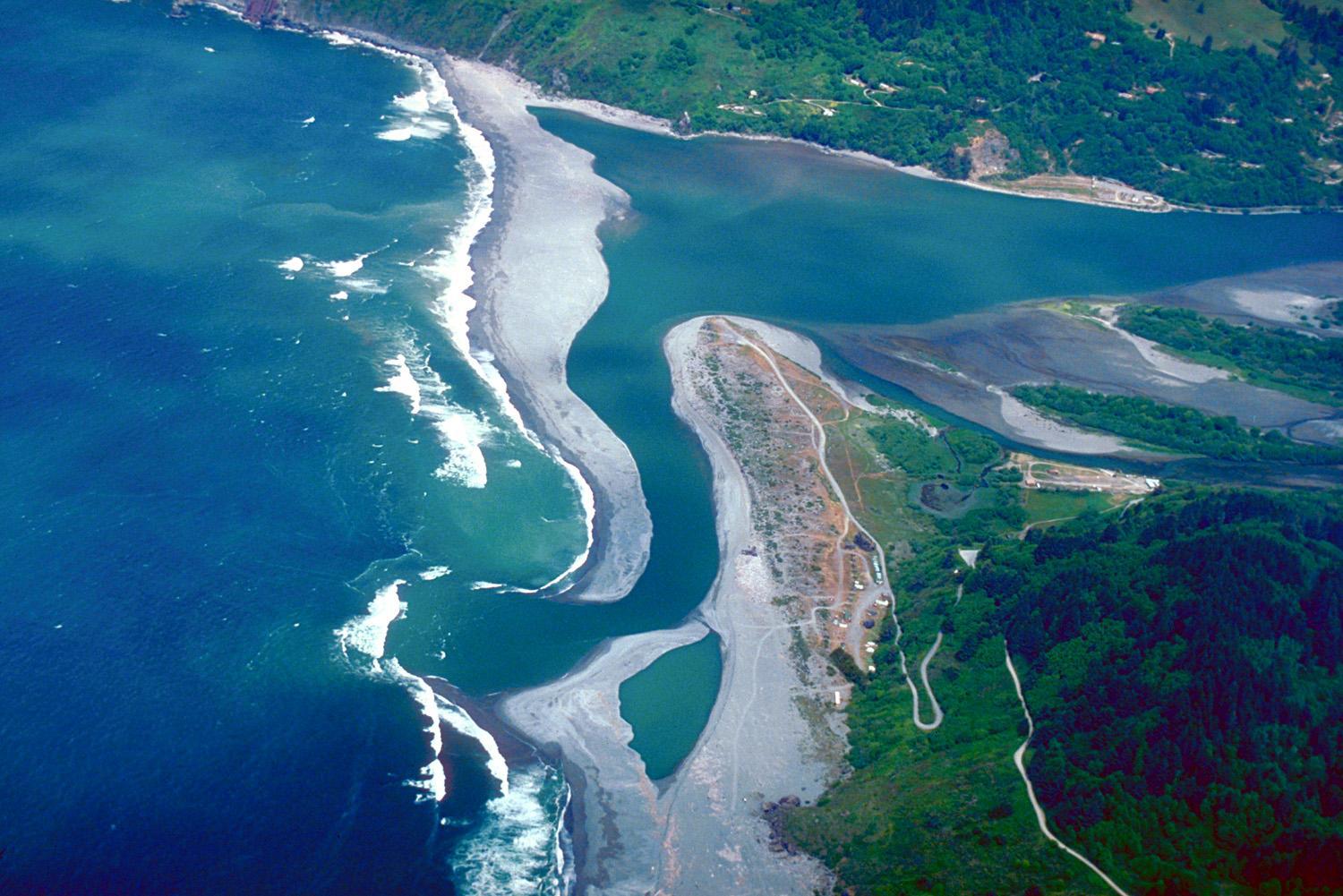
Source: Wikimedia
“For the first time in over 100 years, the river is now back in its historical channel, and I think that was an extraordinarily profound moment for people to actually witness that — the reconnecting of a river,” he added.
The Salmon People
Following the dismantling of the final dam, Native groups, including the Yurok tribe, who refer to themselves as the “Salmon People,” were overcome with joy.

Source: Wikimedia
To this Indigenous group, salmon is cared for and woven into all aspects of their culture. According to ancient Yurok legends, salmon played a role in the creation of humans, and without this sacred fish, they would cease to exist.
The River Can Now Begin to Heal
Amy Bowers-Cordalis, a member of and general counsel for the Yurok Tribe, explained the river will now begin to heal itself following the removal of the dams.
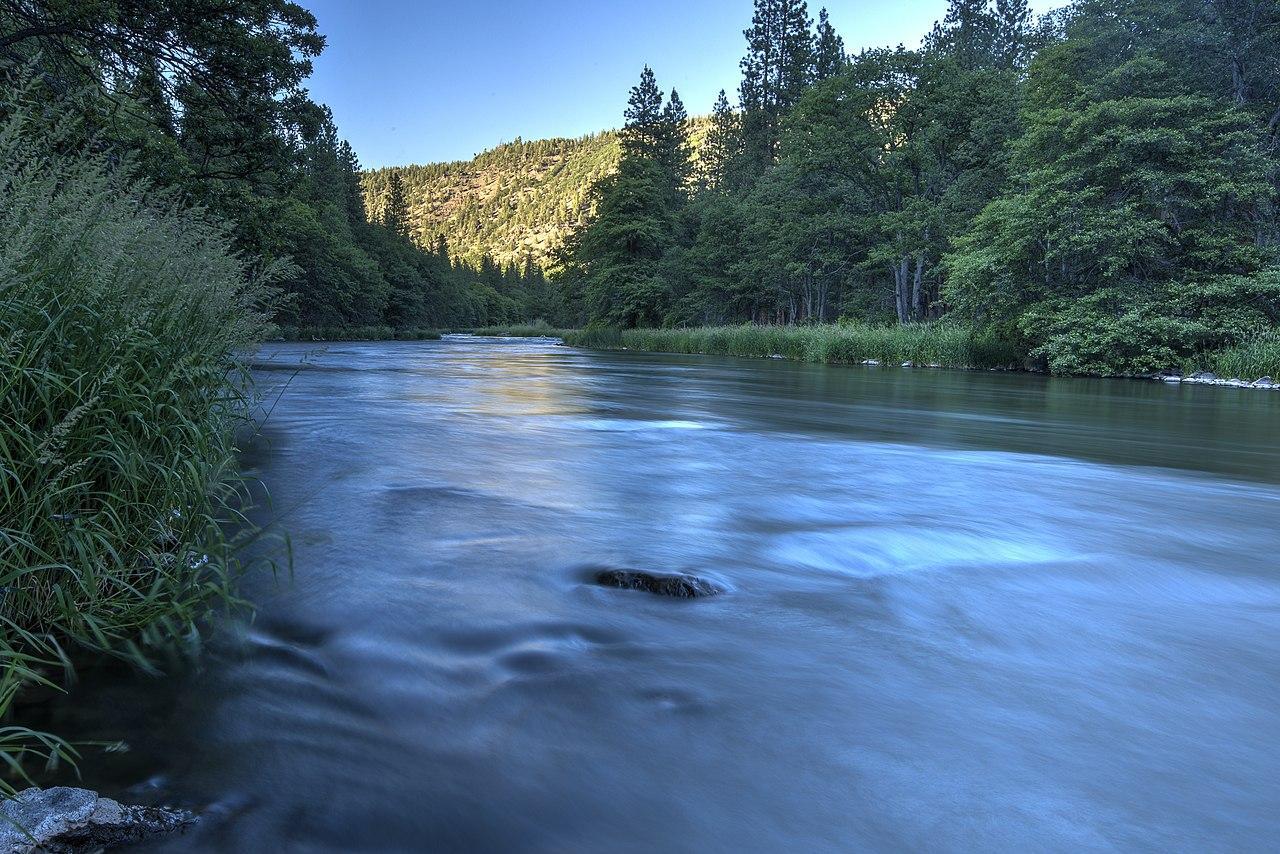
Source: Wikimedia
She added the restoration of “the river enables future generations to have a shot at continuing the Yurok fishing way of life.”
Healthier Fish Runs Will Soon Return, Says Tribal Elder
According to Oscar Gensaw, a Yurok tribal member and fisherman, “A couple years down the road, once the river has been able to repair itself, we’ll begin to see healthier fish runs.”
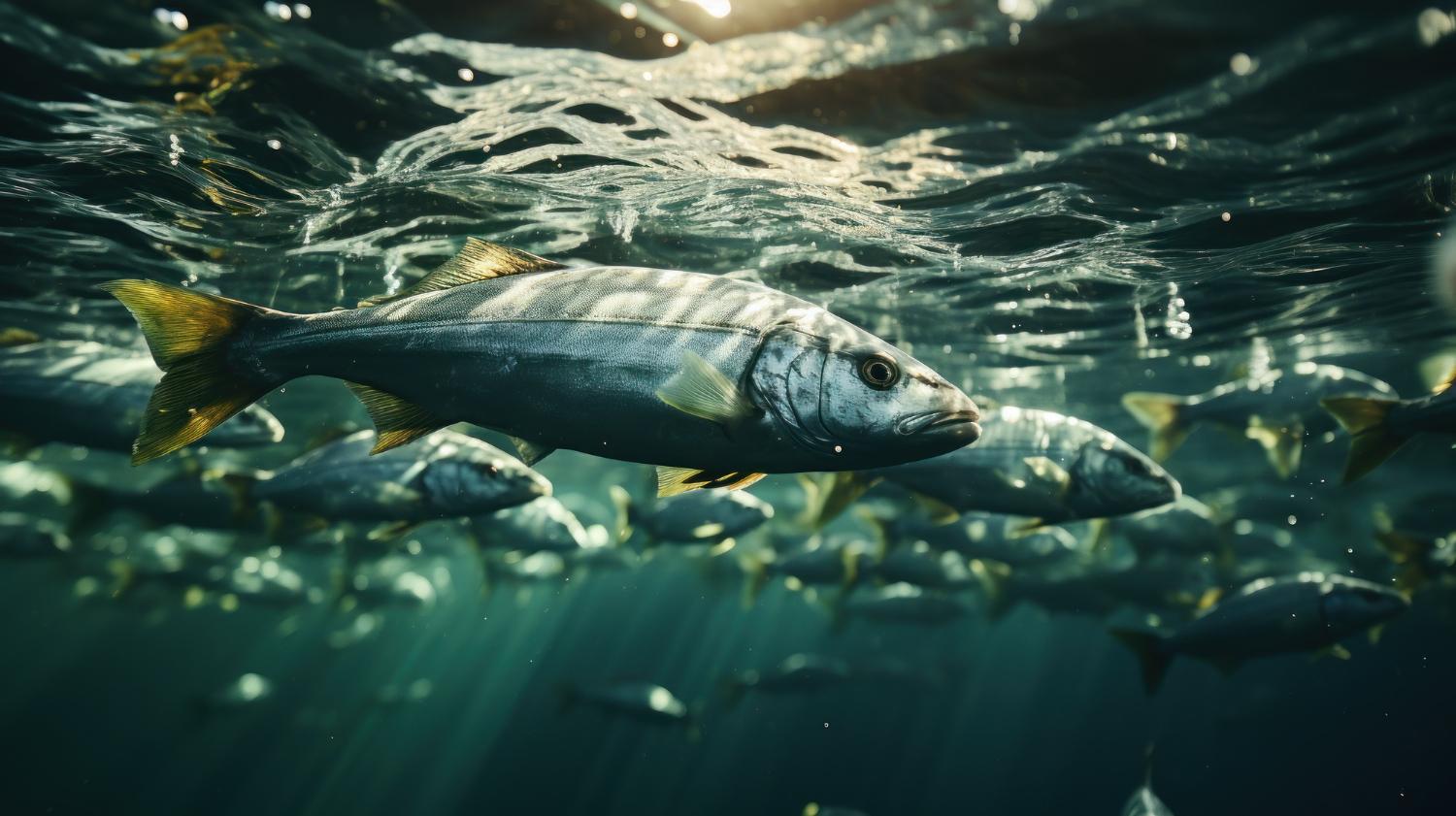
Source: Wikimedia
He added, “You can definitely see already the river is starting to do its own thing, and that’s the best thing for us – letting the river do what it needs to do, because it knows what it needs to do to repair itself.”
An Abundance of Salmon
Estimates suggest that the chinook salmon population may recover 80% by around 2061, meaning future generations of the Yurok and other native groups can once again count on the Klamath to provide them with an abundance of salmon.

Source: Wikimedia
Such a historic way may encourage other Tribal Nations throughout the nation to continue fighting for the restoration of their native hunting grounds and other sacred regions.
